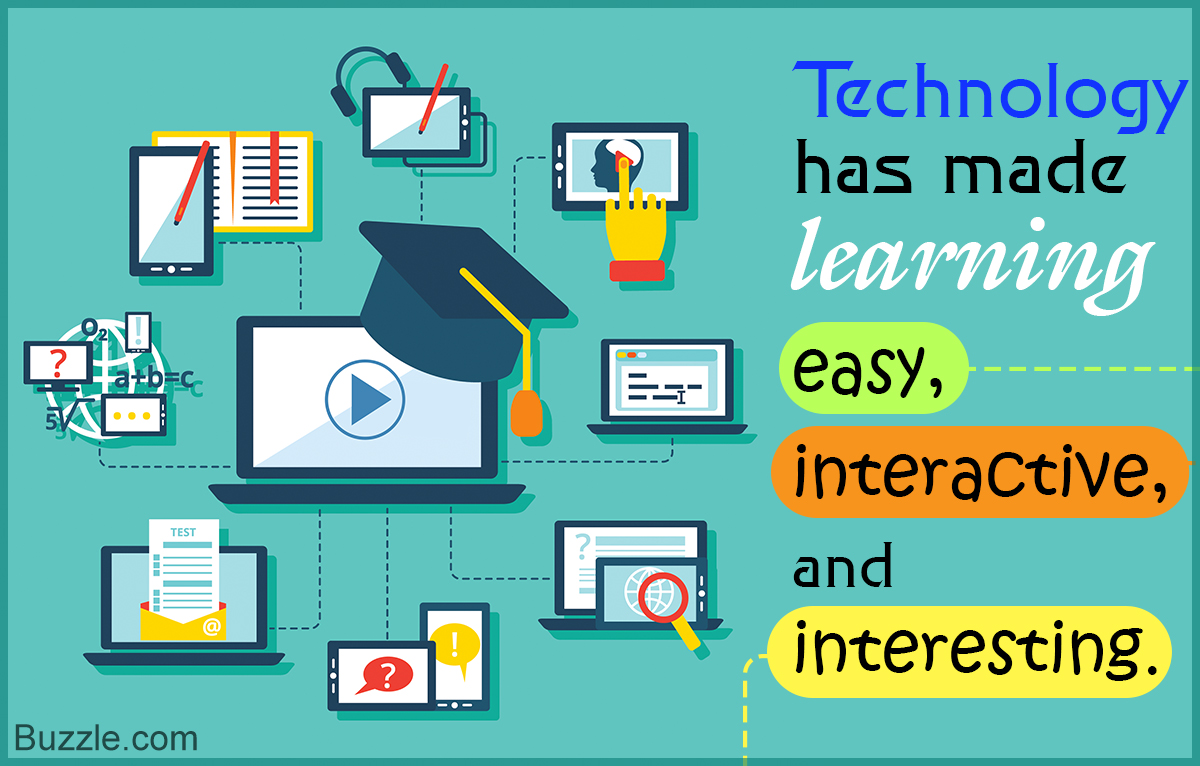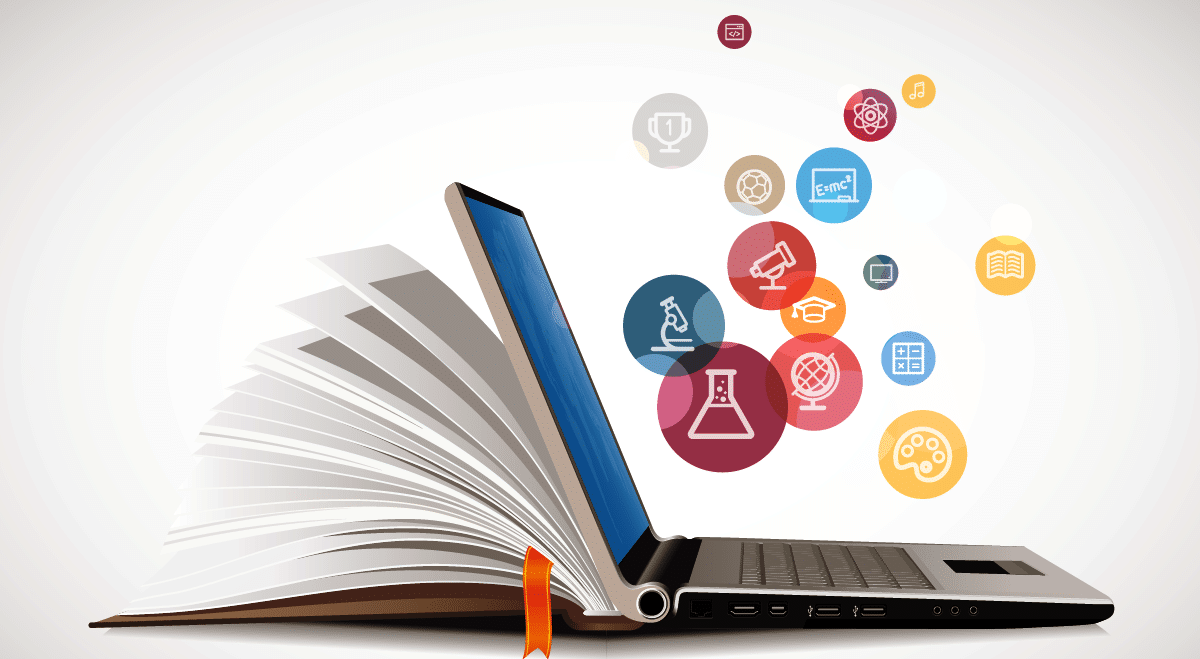Comprehensive Organization Guides for Progressing Technology Education in Schools and Colleges
The integration of modern technology education right into college and university educational program has come to be a vital imperative in preparing pupils for a progressively digital labor force. What details approaches can be embraced to maximize their influence on both teachers and trainees?
Importance of Modern Technology Education
As innovation remains to develop at an extraordinary speed, the importance of innovation education and learning has actually become significantly apparent in today's culture. The assimilation of technology right into numerous aspects of life demands that people have a fundamental understanding of technical ideas and applications. This understanding not just enhances employability but also cultivates essential thinking and analytic abilities essential for navigating a vibrant labor force.
In schools, modern technology education outfits students with the capability to adjust to fast changes in markets driven by technology. It encourages imagination and encourages learners to involve with arising technologies, from man-made knowledge to data analytics. Additionally, modern technology education promotes digital proficiency, which is vital in a period where information is readily available yet usually misleading.

Trick Parts of Effective Guides
Efficient overviews for innovation education should encompass a number of key components to ensure that learners get the most from their experiences. First, a distinct educational program is necessary, laying out the objectives, learning outcomes, and the skills to be established. This educational program must be regularly upgraded to mirror the rapidly evolving technological landscape, ensuring relevance and applicability.
Second, comprehensive sources that consist of books, on the internet materials, and hands-on tools are important. These resources should be varied and obtainable, dealing with numerous discovering preferences and styles. Additionally, integrating real-world scenarios and study can boost understanding and interaction.
Third, evaluation methods should be included to evaluate student development efficiently. These assessments need to be differed, encompassing summative and developmental examinations that straighten with the knowing purposes.
Moreover, professional growth chances for instructors are vital. Training workshops and programs can furnish educators with the most recent technical improvements and pedagogical strategies.
Last but not least, fostering a collective learning environment motivates peer communication and knowledge sharing. By including these crucial parts, guides for innovation education and learning can dramatically boost the understanding experience, preparing students for future difficulties in a significantly electronic world.
Building Industry Partnerships
Building strong market collaborations is an essential aspect of enhancing innovation education. These partnerships in between schools and organizations develop a dynamic ecological community that benefits companies, instructors, and pupils alike. By promoting connections with sector institutions, leaders and colleges can align their curricula with the progressing demands of the job market, guaranteeing that students obtain pertinent skills and knowledge.
The growth of teaching fellowships, apprenticeships, and mentorship programs functions as a keystone of these collaborations. Such opportunities give trainees with hands-on experience, boosting their employability and useful understanding of innovation applications. In addition, industry partners can address use insights into arising trends and technical improvements, enabling educators to adjust their teaching approaches appropriately.
Moreover, collaborations can help with accessibility to resources, such as tools, software application, and funding for study projects. These payments enrich the finding out environment and make it possible for organizations to remain at the leading edge of technological advancement. Ultimately, constructing robust sector partnerships is crucial for cultivating a skilled labor force that fulfills the requirements these days's quickly transforming technological landscape, while additionally driving economic growth and competition in the more comprehensive neighborhood.
Implementing Modern Technology Programs
Executing modern technology programs within schools needs a strategic method that focuses on both educational program development and resource appropriation. To initiate successful modern technology assimilation, institutions have to initially analyze their existing infrastructure and determine spaces in sources, consisting of equipment, software, and workers training. This evaluation makes it possible for universities and institutions to develop a customized plan that lines up with their details instructional objectives.
Next, it is important to develop a comprehensive curriculum that incorporates emerging technologies and industry standards. Collaborating with educators, industry experts, and stakeholders can guarantee that the curriculum remains relevant and effective in preparing pupils for the labor force (Education). In addition, specialist growth for professors is important, as it gears up educators with the skills essential to effectively teach brand-new modern technologies
Additionally, organizations should emphasize the relevance of hands-on understanding experiences, such as laboratories and workshops, that enable students to use academic understanding in useful settings. This experiential strategy improves engagement and fosters critical reasoning. Lastly, protecting sustainable financing with grants and collaborations can help increase and preserve innovation programs, guaranteeing long-term success and adaptability in an ever-evolving technical landscape.
Determining Success and End Results
Examining the success and results of modern technology education and learning programs is important for confirming their influence and leading future improvements. Efficient measurement structures should include both quantitative and qualitative metrics, providing an extensive sight of program efficiency. Trick performance signs (KPIs) such as pupil enrollment numbers, retention prices, and program conclusion portions provide important quantitative information.

Incorporating standardized evaluations can better assess pupils' technological proficiencies and preparedness for the labor force. Benchmarking versus comparable institutions enables contextually additional reading pertinent comparisons, highlighting locations for development.
Inevitably, the constant examination of innovation education programs promotes a society of improvement, making certain that they develop in alignment with sector needs and academic criteria. By methodically gauging success, institutions can not only show responsibility to stakeholders but likewise boost their offerings, therefore improving the finding out experience and preparing trainees for the ever-changing technological landscape.
Verdict

The assimilation of innovation education right into school and university educational program has become a crucial crucial in preparing students for a progressively electronic labor force.As technology continues to advance at an unprecedented rate, the importance of technology education and learning has ended up being increasingly noticeable in today's society.In instructional institutions, technology education outfits trainees with the capability to adapt to rapid changes in sectors driven by advancement. By prioritizing modern technology education, organizations can cultivate a generation of educated citizens capable of leveraging technology for social and individual innovation. The application of durable evaluation approaches makes it possible for establishments to determine success and click here for more end results, eventually improving the overall efficiency of technology education efforts and preparing trainees for future difficulties.